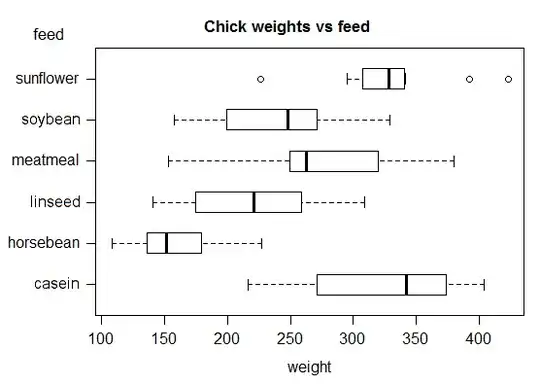In order to understand ANOVA and regression better, I read this: http://www.theanalysisfactor.com/why-anova-and-linear-regression-are-the-same-analysis/
It seems to make sense for the most part. The only part that is confusing to me is how to get a p-value for each difference between the intercept and the means of each of the categories. Here is the exact quote that is confusing to me:
A regression reports only one mean(as an intercept), and the differences between that one and all other means, but the p-values evaluate those specific comparisons.
How do I get multiple p-values for a single regression analysis? The only way I can think to do this is if I assume each coefficient has a certain distribution, and I compute the p-value of the coefficient for that distribution. Or, is there another way to get p-values that I'm missing?
